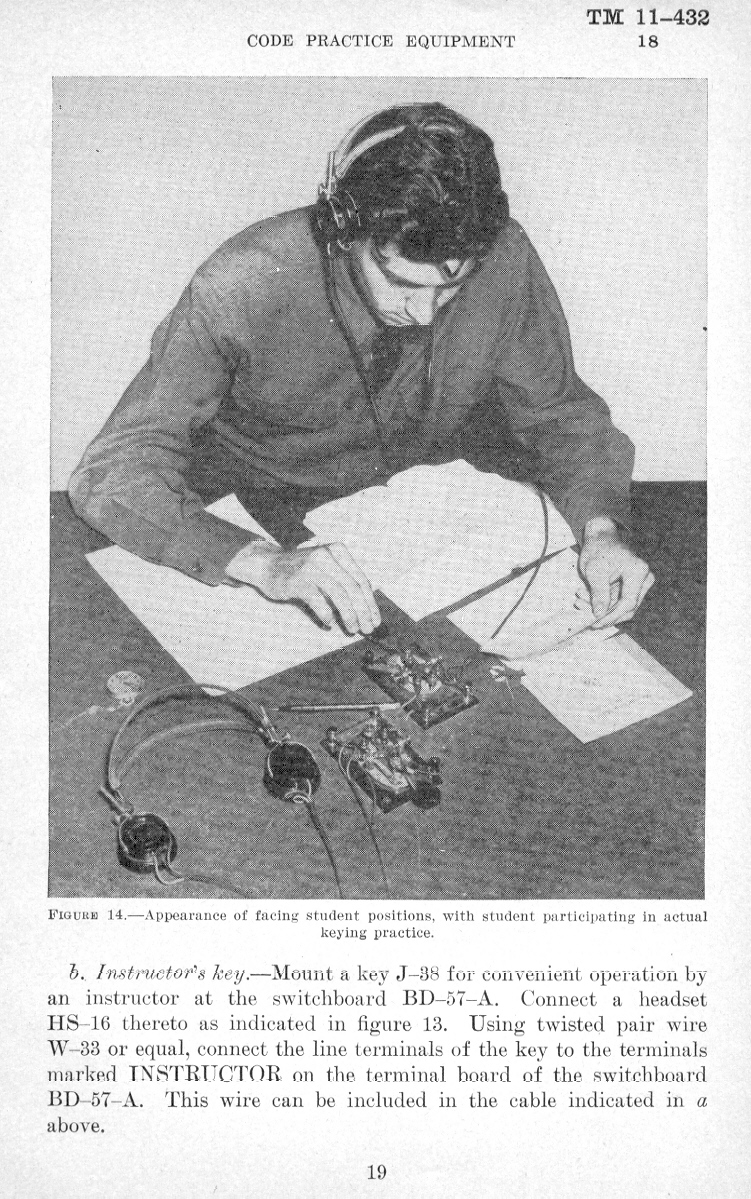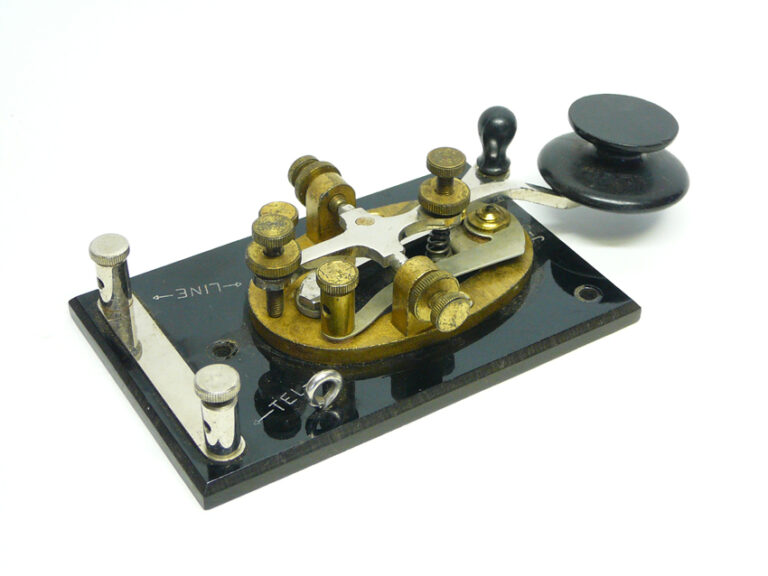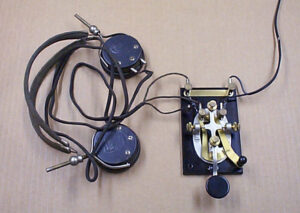CW has been a part of my ham radio hobby since the begining. Getting your Amateur Radio license in the 50s and 60s required a code proficiency of between 5 and 20 wpm depending on the class of license you were going for. A Novice was 5 wpm, General 13 wpm, and Extra a whopping 20 wpm. For most it was a big hurdle. I took the General 13 wpm test at the FCC office in Chicago 61 years ago. My dad, brother and me all went in anticipating a pass. Headphones in place, sweaty palms and then the three "Vs". Here we go! Whoops, they passed I failed, by how much I'm not sure they never do tell you. Went back a month later and passed. The code requirements were dropped in the 1970's, and the mode dwindled somewhat.
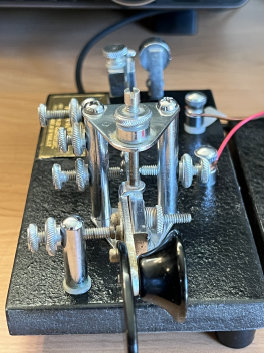
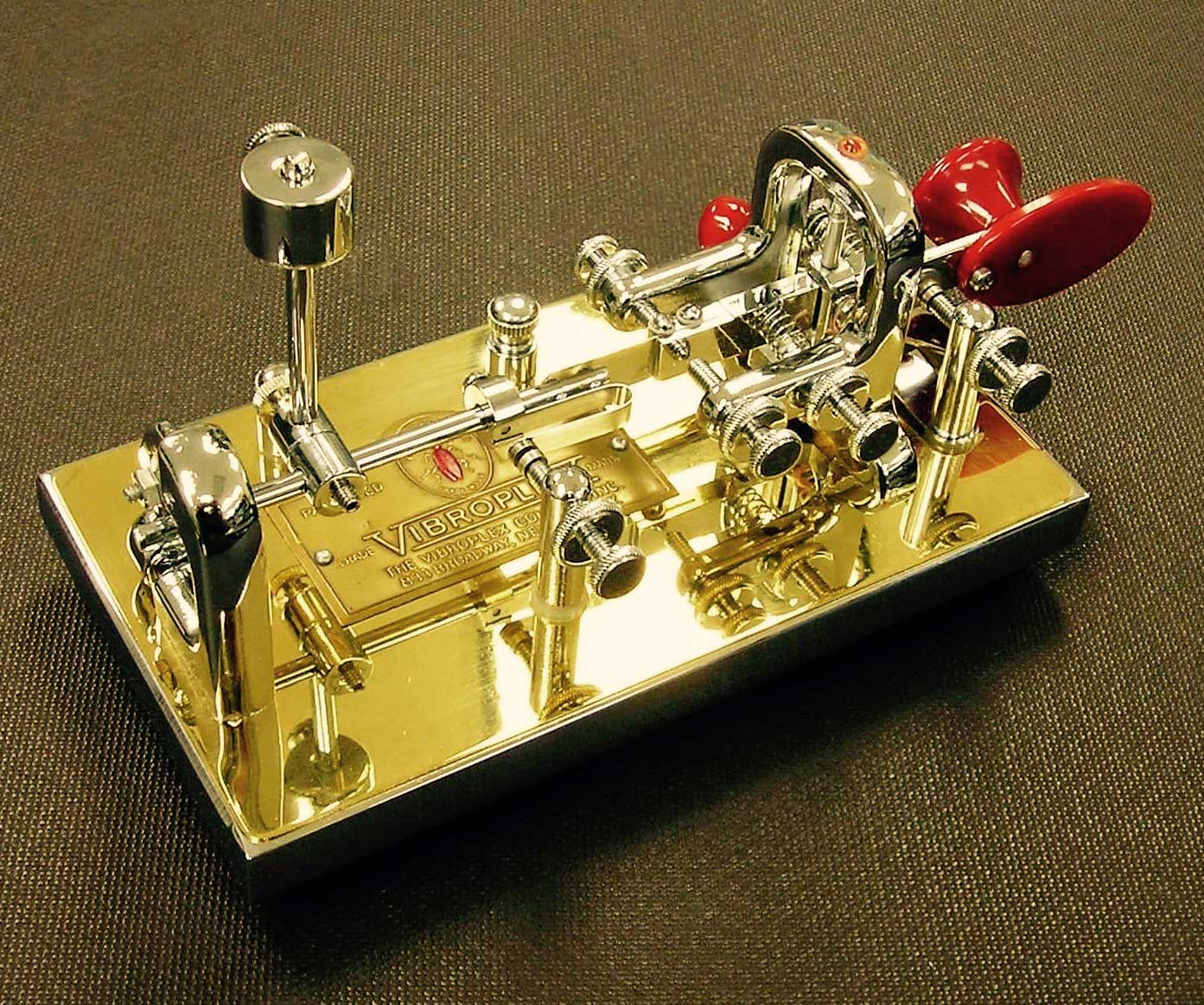
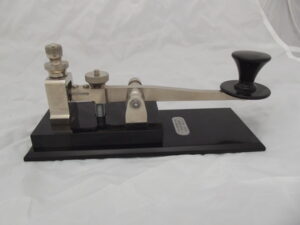

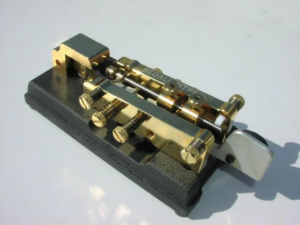

The Long Island CW Club had been started in 2018 to promote and expand the use of Morse Code- CW amongst amateur radio operators.
Today there is no longer a FCC requirement to learn CW to obtain an amateur radio license. With over 5700 members, and growing, it’s quite apparent that the interest in CW is growing. LICW features over 100 different classes each week, led by a group of dedicated instructors, and a program that addresses all aspects of CW. From beginners, to the QRQ or high speed cw entusiasts.
All classes are conducted over “Zoom”, making this a world wide platform for learning.
I teach a Intermediate Class directed at QSO and conversations from 16-20 WPM.
Starting early this year, I’ve been producing a pod-cast called “This Is LICW” a look at some of the various instructors, classes and happenings at the club. Click the links for more information.
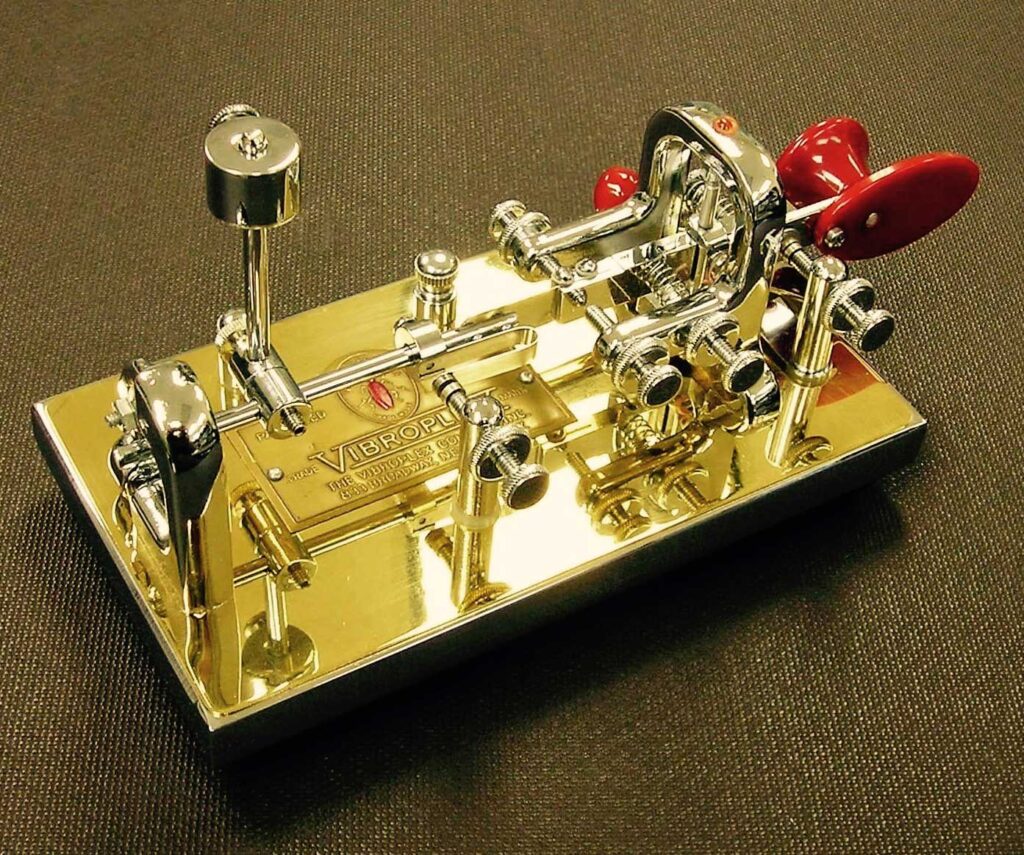
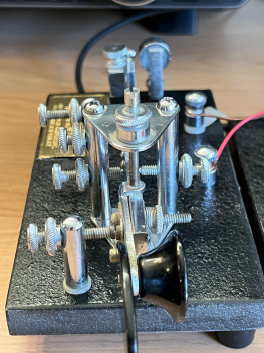
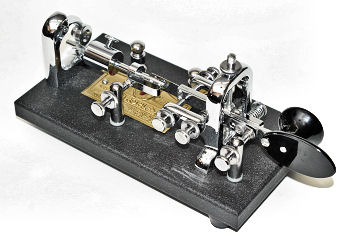
This article appeared in QST, February 2009
As a younger ham I became facinated with the bug by my Elmer’s effortless sending of high speed morse via this mechanical marvel . The flapping appendages, contacts and weights working in harmony producing a perfect string of code. Yes a certain amount of “skill” is needed to do this.
When I first obtained the use of the “Champion”, I quickly realized that this was not my father’s Buick. Muscle memory plays a big part in this coordinated sending. Fingers and sound meeting in middle. So it was a very steep learning curve, but thanks to the ladies and gents of Long Island CW Club their encouragement and suggestion, I’m now able to, albeit at a slow pace hi hi, send a string of undertandable code via this scourge of amateur radio.
If you want to master your innate ability to perservere,or not, find yourself a “bug” and take pride in your ability to “slap” those paddles into submission. 🙂
73

The J-38 was designed to be used with a Signal Corps radio/telegraph operator training set. The strange looking binding posts and shorting strap at the back of the key were used to connect a set of headphones to one side of the key ("tel") and the other side of the key ("line") to the training set. The effect was to put the key and headphones in series. Below a photo of an army student using the key and phones ---> (from War Department Technical Manual TM 11-432, February 2, 1942). The circuit closing switch on the right side of the key was used to set the key for listening (switch closed) or sending (switch open). The other odd piece of hardware, a little eye screw on the left side of the key, was used to tie a stay cord or lanyard from the headset leads to the key.
